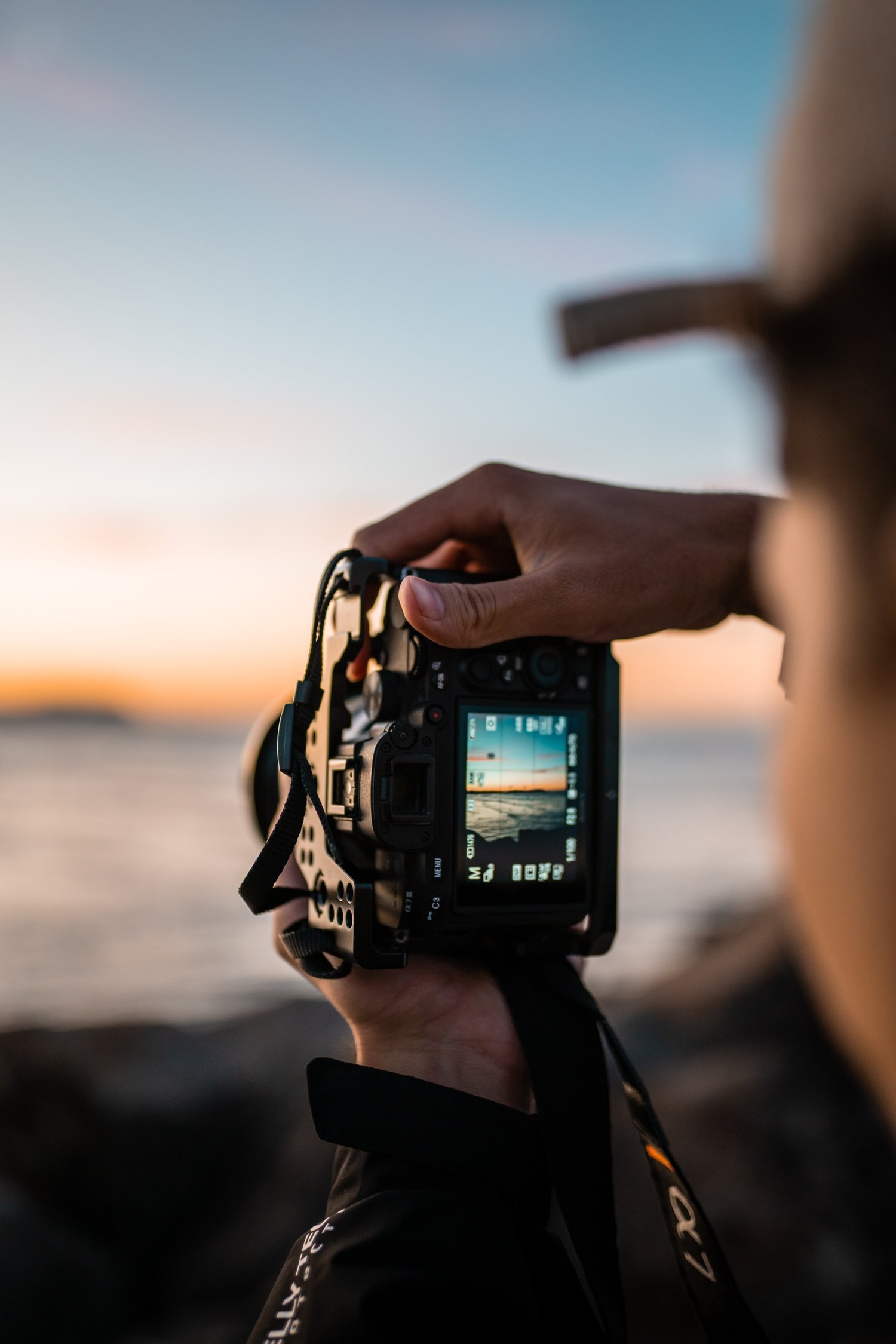AI in Photography: How It Has Changed Photography
Written by Leeza George Thachil
Image courtesy of Unsplash
When we think of AI, we often associate it with its uses in healthcare, education and finance. However, AI has a plethora of applications in the creative fields that most people aren’t aware of.
Style transfer in art is one such instance where neural networks are used to recreate certain art styles by training the AI on existing artwork. In the field of dance, advanced algorithms are being used to choreograph performances by analyzing the dancer’s movements.
AI Uses in Photography
However, a creative field where there has been substantial use of AI is photography.
Today, AI in photography is being used for nearly every step of the process, ranging from actually capturing the photograph, to editing it.
These tools are becoming increasingly accessible to everyone, whether you’re a phone wielding amateur or a professional with a DSLR. One particular example is Adobe’s most popular application, namely Adobe Photoshop. The content-aware feature uses AI technology to fill specified regions of an image with content taken from other parts of the image in a seamless manner.
Neural Processing Units
As newer developments in technology are being made, AI is being increasingly incorporated within our smartphones . The Neural engines in Apple’s iPhones use AI to give rise to photo features like portrait mode and live text. Neural Processing Units or NPU’s are AI dedicated chips that allow implementation of similar features.
Is AI Replacing Human Photography Professionals?
While the contributions of AI in photography have been invaluable, some fear that it may ruin photography.
Capable of editing photos all by itself, AI seems threatening to photographers. Though there isn’t a definitive answer, ultimately it is human creativity that fuels the essence of photography.
AI might be able to deliver the same, if not better results than the photographer in the future. However, it will never be able to replicate the photographer’s skill and emotions.
Therefore, although we must be cautious, it is not very likely that AI will replace humans completely . With the right steps, AI in photography can become an assistant of sorts to photographers that will ultimately enable them to put out their best work.

